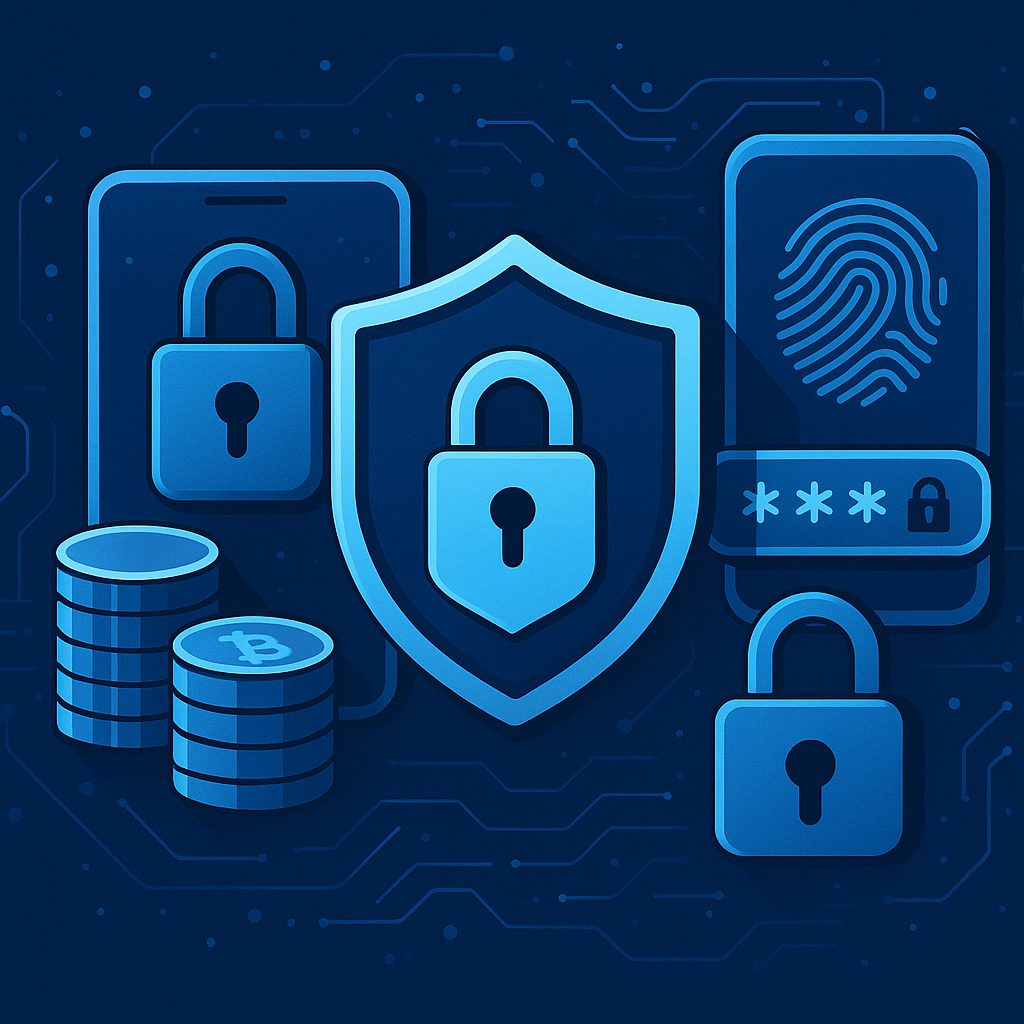In today’s digital economy, trust is currency. And if you’re building a fintech application, security isn’t a feature — it’s your foundation.
One breach.
One vulnerability.
One oversight…
…and your entire user base could vanish overnight.
This post unpacks battle-tested best practices to secure your fintech app from day one. Not theory. Real-world strategies used by top tech companies to protect billions of dollars in financial data and consumer trust.
Why Fintech Is a Prime Target for Cybercriminals
Let’s be brutally honest — fintech is a goldmine for hackers.
Your app handles:
-
Personal identifiable information (PII)
-
Credit card and banking details
-
Transaction logs
-
Investment data
-
Login credentials
That’s everything a cybercriminal dreams of.
According to IBM’s 2024 X-Force Threat Intelligence Index, financial services were the #1 targeted industry by cyberattacks globally.
If you’re building without security in mind, you’re inviting disaster.
The Cybersecurity Trinity: People, Process, Product
Before diving into code, remember:
-
People make mistakes — secure your teams
-
Processes define your security hygiene — document and enforce them
-
Products (your app) must be hardened from day one
Security isn’t just about code. It’s culture.
10 Unbreakable Best Practices for Fintech App Security
1. End-to-End Encryption (E2EE)
Encrypt everything — at rest and in transit.
Use AES-256 encryption and TLS 1.3 for secure communication.
Don’t store sensitive data unencrypted — ever. Not even for a second.
If they breach your system, encrypted data becomes useless.
2. Implement Strong Multi-Factor Authentication (MFA)
Passwords alone are dead.
You must require MFA — preferably app-based tokens or biometrics.
-
Use Time-based One-Time Passwords (TOTP) like Google Authenticator
-
Enable biometric logins (face/fingerprint)
-
Block devices/IPs after repeated failures
If your app allows single-password logins, it’s a hacker’s playground.
3. Secure All APIs Like Fort Knox
Most fintech apps are API-heavy — that’s great for flexibility, but dangerous if not secured.
-
Use OAuth 2.0 for token-based authentication
-
Throttle APIs to prevent DDoS attacks
-
Validate all inputs (to avoid injection attacks)
-
Use API gateways to monitor, log, and protect endpoints
Unsecured APIs are the front doors of your app — and hackers know it.
4. Use Data Tokenization and Masking
Never expose sensitive data in raw form.
-
Replace credit card numbers, SSNs, and bank data with tokens
-
Mask partial data in frontend (e.g.,
**** **** **** 3568) -
Limit access to real data based on roles
If attackers steal tokens, they can’t reverse them without the map.
5. Adopt a Zero Trust Architecture
Assume everything and everyone is compromised.
-
Always verify identity before access
-
Limit access on a least privilege basis
-
Use identity-aware proxies and segmented networks
Zero Trust isn’t paranoia. It’s survival.
6. Conduct Regular Penetration Testing
Hire ethical hackers. Let them break your system. Learn. Patch.
-
Perform quarterly pen tests
-
Test for OWASP Top 10 vulnerabilities
-
Use bug bounty platforms (e.g., HackerOne)
You can’t fix what you don’t test. And real hackers won’t be gentle.
7. Monitor Threats in Real-Time
You need real-time eyes on your platform.
-
Deploy SIEM tools like Splunk, Sumo Logic, or Datadog
-
Enable alerts for suspicious login attempts, IP geolocation mismatches, or API floods
-
Monitor code changes and deploy anomaly detection
Delays in response = permanent damage.
8. Keep Dependencies and Frameworks Updated
Outdated libraries = hidden vulnerabilities.
-
Use tools like Dependabot, Snyk, or GitHub Security Alerts
-
Subscribe to CVE (Common Vulnerabilities and Exposures) feeds
-
Never delay patches — even for “non-critical” updates
Hackers love old code. Don’t give them history to work with.
9. Educate Your Users
Your system might be secure. Your users? Not always.
-
Educate users on phishing risks and fake fintech apps
-
Encourage use of MFA and password managers
-
Alert users about login attempts, device logins, or unusual activities
The human element is your weakest link. Strengthen it.
10. Stay Compliant with Global Security Standards
Security isn’t just smart — it’s legally required.
-
PCI DSS – For processing payments
-
GDPR/CCPA – For handling personal data
-
NDPR – Nigeria’s Data Protection Regulation
-
PSD2 – If working with EU banks
Compliance is proof of responsibility. It also protects you from lawsuits.
Developer Mindset Shift: Think Like a Hacker
To protect your fintech app, start thinking like someone who wants to break it:
-
What if someone intercepts this request?
-
What if someone bypasses our login screen?
-
What if someone uploads malicious code?
“The best developers aren’t just coders. They’re strategic defenders.”
The Human Behind the Code: Secure Development Culture
In the background of every secure fintech app is a team of intentional developers, not just writing code — but building digital armor.
Cultivate:
-
Secure coding practices (OWASP secure coding)
-
Peer-reviewed PRs with security audits
-
A culture where security is not an afterthought, but the very first step
Final Thoughts: Don’t Be the Next Cautionary Tale
It only takes one unsecured API, one outdated library, or one missed patch to lose it all.
You are building tools that handle people’s money, trust, and identity.
Treat that responsibility like a mission — not a checkbox.
“Secure by design. Trust by default. Vigilant always.”
Ready to Fortify Your Fintech Product?
Start with one improvement today. Whether it’s:
-
Enabling MFA
-
Encrypting API calls
-
Or conducting your first pen test
Your users will never know the attacks you prevented — but they’ll always remember how safe they feel using your product.
Did you find this helpful?
Share this post with your team or dev community.
Because in cybersecurity, what you don’t know can hurt every


